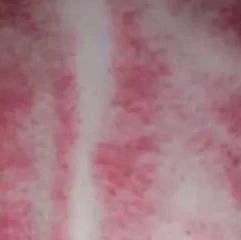For book inquiries, contact WeChat: 15004001801
Common health issues such as colds, fevers, headaches, coughs, heatstroke, gastrointestinal spasms, and malnutrition can surprisingly be treated using the same method—Gua Sha!
As temperatures rise, many people opt for the treatment method of “winter diseases treated in summer” during the hot summer days, making acupuncture, Gua Sha, and cupping more popular.
However, if Gua Sha is not performed carefully, it can lead to serious complications such as blood vessel rupture!
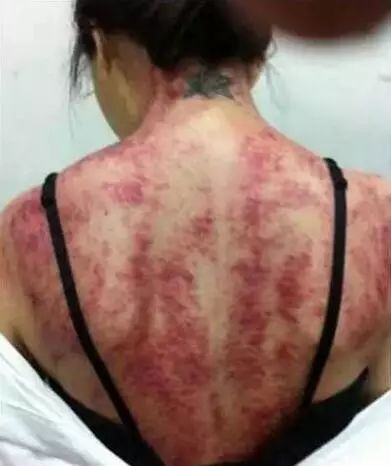
Who should be cautious about Gua Sha?
In fact, various factors such as the technique of Gua Sha and individual constitution can affect its safety. Certain conditions and populations are not suitable for Gua Sha therapy.
Conditions unsuitable for Gua Sha: Individuals with leukemia, thrombocytopenia, severe anemia, severe skin allergies, tetanus, rabies, acute cardiovascular and cerebrovascular diseases, liver and kidney dysfunction;
Populations unsuitable for Gua Sha: Elderly individuals with chronic illnesses, those who are extremely weak or emaciated.
Gua Sha has benefits, but you must be aware of these precautions:
1. During Gua Sha treatment, avoid wind and keep warm. When the room temperature is low, minimize exposed areas; even in hot weather, do not perform Gua Sha in front of a fan or in a draft.
As the skin’s pores open during Gua Sha, exposure to wind and cold can allow pathogens to enter, affecting the therapeutic effect and potentially causing new illnesses.
2. There should be communication between the practitioner and the patient during Gua Sha to ensure the patient feels comfortable or tolerably painful.
3. Avoid heavy techniques on joints, the spine, and the head and face; keep the duration of Gua Sha relatively short.
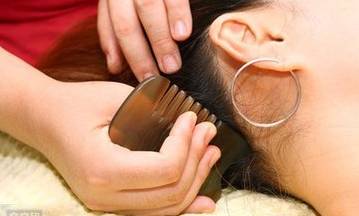
4. Health treatments should not exceed the usual duration to avoid unnecessary harm.
5. Avoid performing Gua Sha in air-conditioned, windy, or very cold environments, and do not take a shower immediately after Gua Sha. Drink warm water or sugar-salt water promptly after treatment to replenish fluids and energy.
6. Do not perform Gua Sha over large areas; if you have never had Gua Sha or are physically weak, only target specific areas. If multiple conditions exist, treat only one condition at a time.
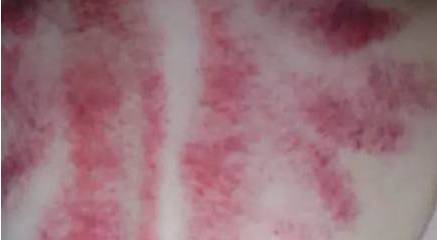
7. For individuals who are weak, elderly, or have low immunity, use a light technique.
8. Do not perform Gua Sha on an empty stomach or within 1-2 hours after a meal.
9. Avoid Gua Sha on major arteries and lymphatic areas.
10. Perform Gua Sha in the correct order and direction, using a single direction.
11. Do not perform Gua Sha on areas with moles, sores, or open wounds.
12. Individuals with heart disease and heart failure, kidney failure, liver cirrhosis with ascites, or severe systemic edema should avoid Gua Sha.
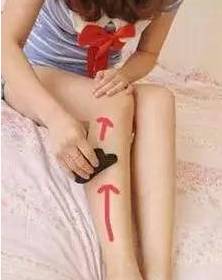
13. For varicose veins in the lower limbs, perform Gua Sha in an upward direction using a light technique.
14. Wait for the previous Gua Sha marks to fade (about 5-7 days) before performing Gua Sha again.
15. For health Gua Sha and head Gua Sha, no medium is needed; it can be done through clothing with a light technique. For children, use a light technique and do it through clothing.
After Gua Sha, if the local skin feels slightly warm and shows different colors and shapes of Sha marks, do not panic; these are normal reactions to Gua Sha.
However, if fatigue or Sha marks do not fade after two days, or if fainting occurs during treatment, seek medical attention promptly.
Additionally, many people have a misconception that the marks left by Gua Sha are toxins; in fact, the red marks on the skin are merely mechanical subcutaneous bleeding, and the redness indicates the severity of blood vessel rupture.
For book inquiries, contact WeChat: 15004001801

